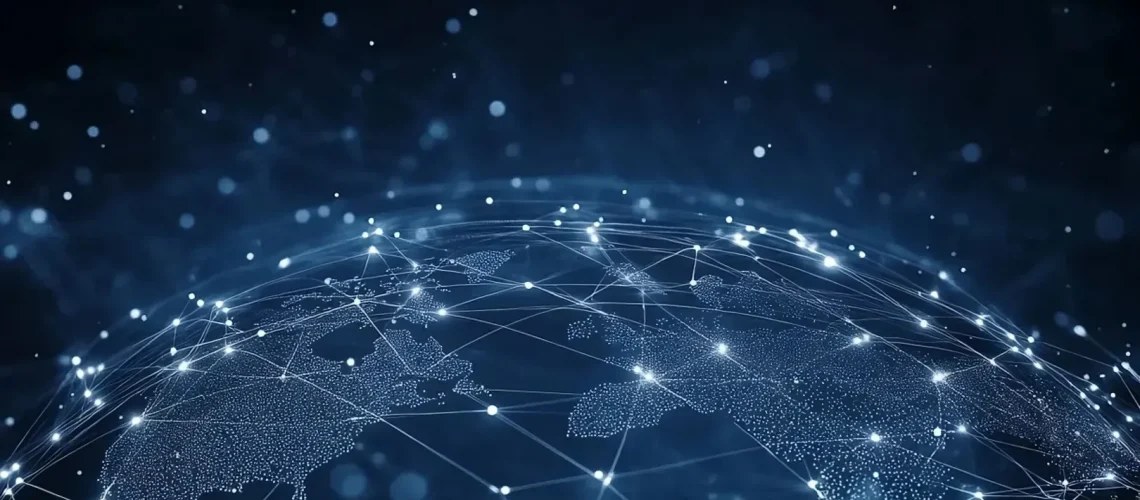The internet has come a long way since its inception, evolving through different phases of development. In the 1990s, we had Web 1.0, which introduced us to static web pages like digital billboards that you could read but not interact with. Then, in the early 2000s, Web 2.0 emerged, bringing us social media, user-generated content, and interactive platforms that transformed how we connect online. And now we are on the brink of a new era: Web 3.0.
This upcoming phase promises to revolutionize your digital experience. It combines cutting-edge technologies like blockchain, artificial intelligence, and decentralized systems to create a more secure, personalized, and empowering online environment.
Understanding Web 3.0 is not just about keeping up with the latest tech trends; it’s about preparing for a future where you have greater control over your data, enhanced privacy protection, and access to innovative services that blur the lines between the physical and digital worlds. The changes brought by Web 3.0 will impact various aspects of your life – from how you shop and socialize to how you manage your finances and protect your personal information.
What is Web 3.0?
Web 3.0 is a new era of Internet technology that focuses on decentralization, user control, and advanced data processing. It combines blockchain technology with artificial intelligence to create a more personalized online experience.
With Web 3.0, users are no longer just passive consumers; they become active participants in the digital world. You will engage with decentralized applications that run on open protocols, giving you complete ownership of your online identity and assets. This shift in power from large tech companies to individual users fosters a more inclusive and democratic digital ecosystem.
Key Features of Web 3.0
Web 3.0’s architecture breaks away from traditional centralized platforms, putting data ownership back in users’ hands. You control your digital identity, personal information, and content without relying on tech giants as intermediaries.
1. Decentralization
Decentralization creates a more democratic internet through:
- Direct peer-to-peer interactions
- User-owned digital assets
- Community governance
- Data portability across platforms
- Resistance to censorship and control
2. Blockchain Technology
Blockchain technology serves as the backbone of Web 3.0, enabling:
- Transparent and immutable record-keeping
- Secure digital transactions
- Self-executing smart contracts
- Digital asset ownership verification
3. Decentralized Applications (dApps)
Decentralized Applications build upon these foundations to deliver:
- Financial services without banks
- Social networks owned by users
- Content platforms free from censorship
- Digital marketplaces without intermediaries
Smart contracts automate agreements and transactions, eliminating the need for third-party verification. These self-executing contracts handle everything from simple token transfers to complex financial instruments, reducing costs and increasing efficiency.
The combination of blockchain and decentralized networks creates a trustless environment in which users interact directly with protocols rather than centralized authorities. This shift fundamentally changes how people engage with digital services, moving them from platform dependency to true digital ownership.
AI Integration in Web 3.0 for Enhanced User Experiences
Artificial Intelligence transforms Web 3.0 into a hyper-personalized digital environment. Your online interactions become seamless as AI algorithms learn your preferences, habits, and needs in real time.
AI-Powered Personalization Features:
Natural Language Processing elevates your web experience through sophisticated language understanding. You’ll interact with websites using conversational language, receiving contextually relevant responses. NLP enables:
- Voice-controlled navigation across platforms
- Real-time language translation
- Sentiment analysis for enhanced customer service
- Context-aware search results
These AI capabilities work alongside blockchain technology to create secure, personalized experiences while maintaining user privacy. Combining AI and decentralized systems ensures your data remains protected as you enjoy customized digital interactions.
AI integration extends beyond basic automation – it creates an intuitive web environment that anticipates your needs and adapts to your preferences in real time.
The Semantic Web: A Foundation for Information Exchange in Web 3.0
The semantic web transforms raw data into machine-readable data, creating a network where computers understand and process information like humans do. This revolutionary approach enables automated systems to interpret context, meaning, and relationships between different pieces of information.
Think of the semantic web as a universal translator for data. When you search for “apple,” the system understands whether you’re looking for:
The fruit
The technology company
The record label
This intelligent interpretation happens through structured data markup, where information is tagged with specific meanings and contexts. The semantic web automatically connects related concepts, making information discovery faster and more accurate.
From the perspective of web design, the semantic web enhances how content is presented to users. Designers can create more personalized and intuitive interfaces by leveraging structured data, ensuring that users find exactly what they need with less effort. A visually appealing design, combined with semantic tagging, results in smoother navigation and stronger engagement.
On the technical side, web development plays a central role in implementing the semantic web. Developers integrate structured data, metadata, and ontologies into websites and applications, making them machine-readable. This not only improves search engine visibility but also ensures that applications can “talk” to one another across platforms, driving interoperability in Web 3.0.
The semantic web’s ability to understand context and meaning powers the automation capabilities in Web 3.0, creating a more intuitive and efficient internet experience for users and developers alike. By bridging the gap between human language and machine interpretation, it lays the foundation for smarter applications, personalized search, and seamless information exchange—transforming the future of digital interaction.
Web 3.0 Applications Beyond Finance: Social Networks, Metaverse, and More!
While decentralized finance has captured significant attention in the Web 3.0 space, this revolutionary technology extends far beyond financial applications. Social networks are undergoing a dramatic transformation through Web 3.0 integration:
Decentralized Social Platforms
- Users own their content and data
- Direct monetization of creative work
- Community-governed content moderation
- Censorship resistance through distributed storage
The metaverse represents another groundbreaking application of Web 3.0 technologies, creating immersive digital experiences:
Virtual Reality Integration
- 3D environments for social interaction
- Digital asset ownership through NFTs
- Virtual real estate markets
- Cross-platform identity portability
Web 3.0 technologies are reshaping other sectors:
- Gaming: Play-to-earn models and true digital asset ownership
- Healthcare: Secure patient data sharing and decentralized research
- Education: Personalized learning paths and verifiable credentials
- Supply Chain: Enhanced traceability and transparency
- Entertainment: Direct artist-to-fan relationships and fair royalty distribution
These applications demonstrate Web 3.0’s potential to transform how we interact, learn, work, and play in digital spaces. The technology enables new business models and user experiences that weren’t possible in traditional web environments.
Challenges Facing the Widespread Adoption of Web 3.0 Technologies
The path to Web 3.0 adoption faces significant hurdles that require innovative solutions.
Scalability Issues
Scalability remains a critical challenge, with blockchain networks struggling to handle increasing transaction volumes. Popular networks like Ethereum can process only 15-30 transactions per second, compared to traditional payment systems processing thousands.
Regulatory Uncertainties
Regulatory uncertainties create barriers for businesses and developers. The lack of clear guidelines around decentralized applications, cryptocurrencies, and smart contracts leaves many projects in legal limbo. Different countries maintain varying stances on Web 3.0 technologies, complicating global adoption.
Complexity for Users
User adoption complexity presents another significant barrier. The technical nature of Web 3.0 technologies can overwhelm average users:
- Managing crypto wallets and private keys
- Understanding blockchain concepts
- Navigating decentralized applications
- Learning new security practices
Cybersecurity Threats
Cybersecurity risks pose ongoing threats to Web 3.0 infrastructure. Smart contract vulnerabilities have led to multi-million dollar hacks while phishing attacks target users’ digital assets. The immutable nature of blockchain transactions means errors or successful attacks cannot be reversed.
Infrastructure Limitations
Infrastructure limitations also impact Web 3.0 development. Many regions lack the necessary high-speed internet access and computing power to support advanced Web 3.0 applications. This digital divide could create an uneven distribution of Web 3.0 benefits across global populations.
Conclusion: Embracing the Future with Open Arms!
Web 3.0 is leading the way in digital innovation, promising a revolutionary shift in how you interact with the internet. The journey toward this decentralized future brings both exciting opportunities and significant challenges. Your role in this transformation extends beyond passive observation – you’re an active participant in shaping this new digital frontier.
The path ahead requires adaptability and continuous learning. As you navigate through decentralized platforms, AI-enhanced experiences, and blockchain-powered applications, remember that each small step contributes to a larger movement toward digital autonomy.
The future of the internet lies in your hands – embrace the change, stay informed about emerging technologies, and prepare to be part of this groundbreaking evolution in human connectivity.
The future of the internet lies in your hands – embrace the change, stay informed about emerging technologies, and prepare to be part of this groundbreaking evolution in human connectivity.





